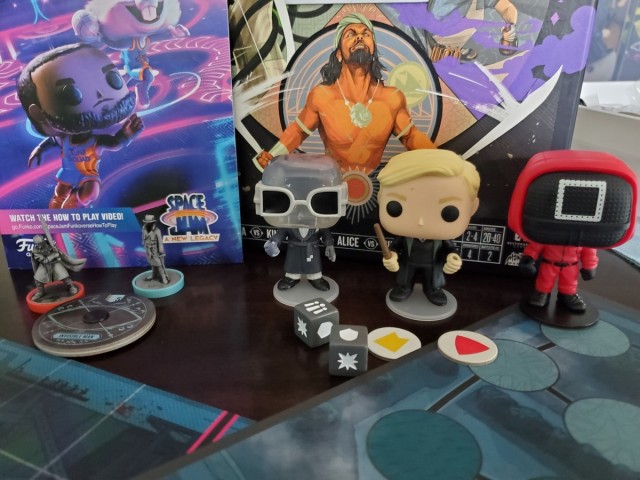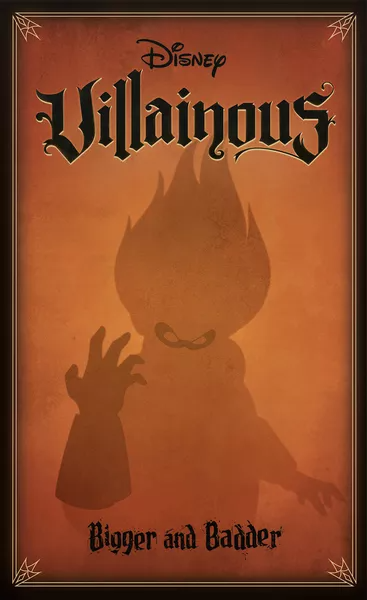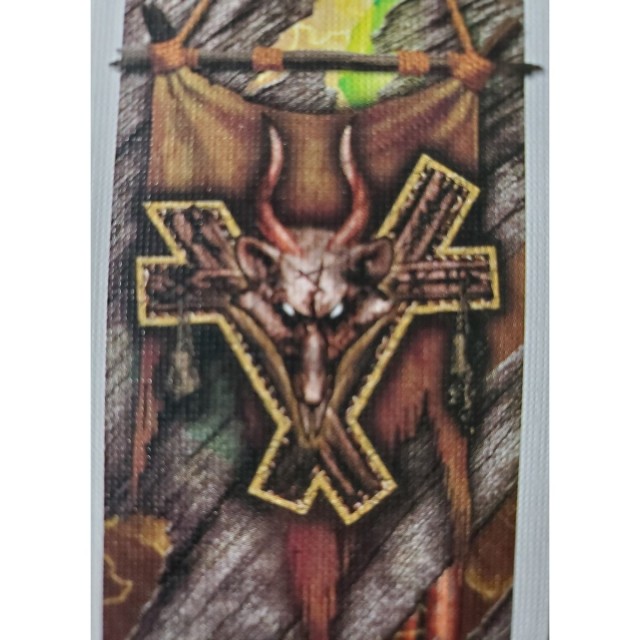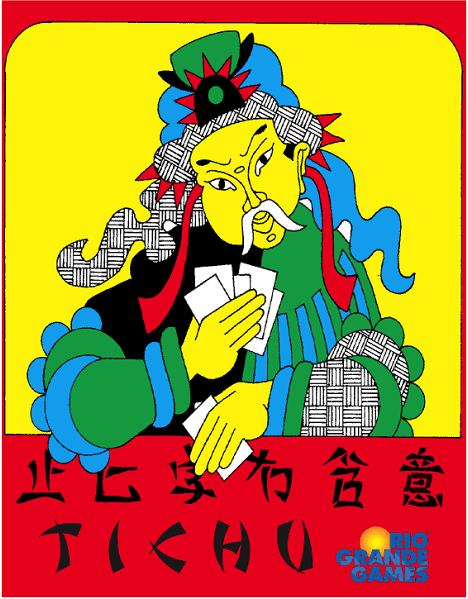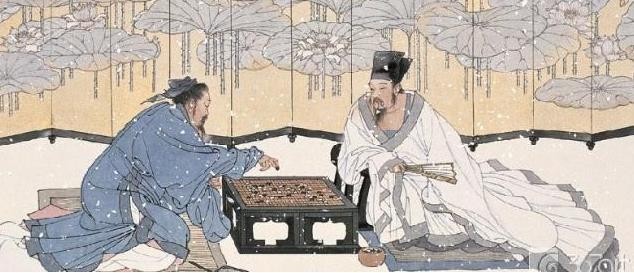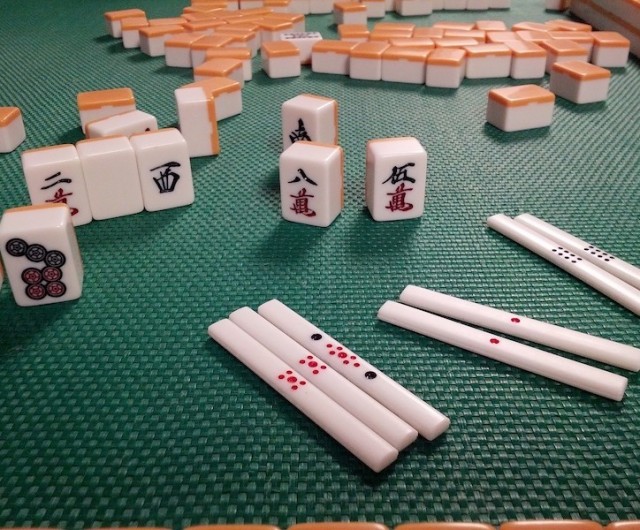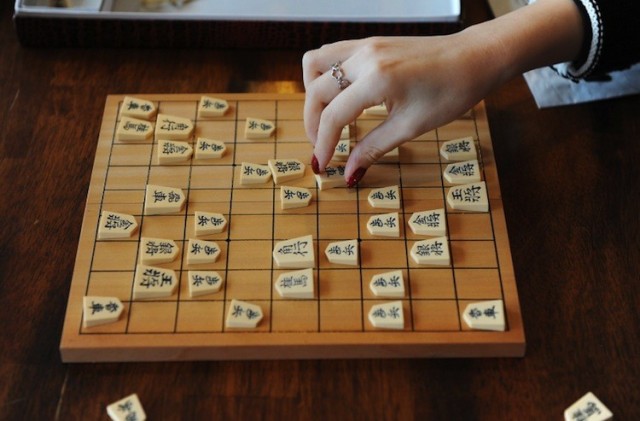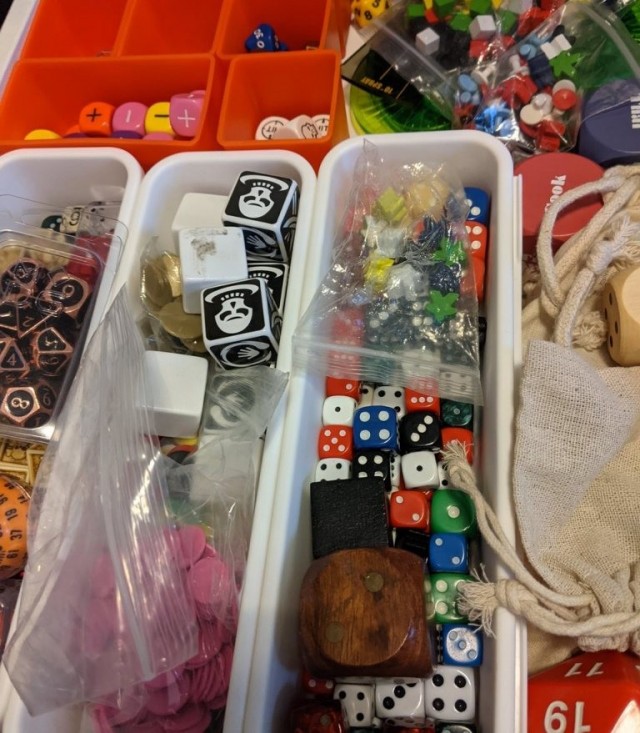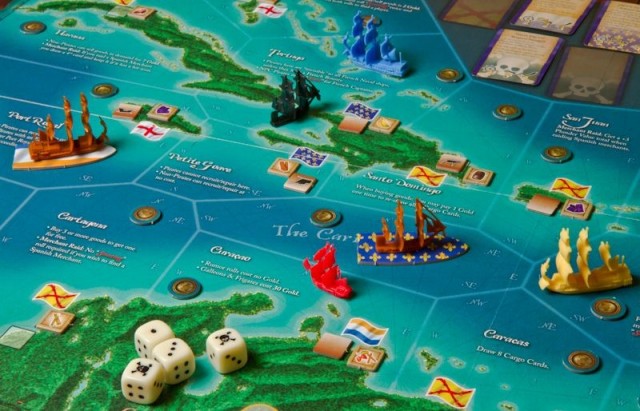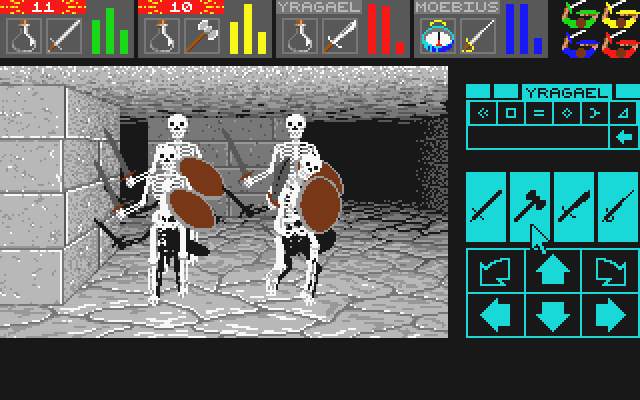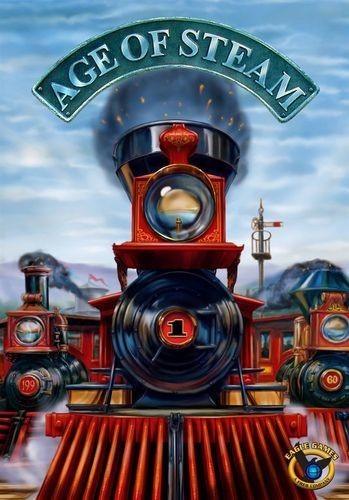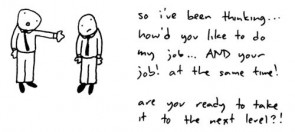I’ve been waiting to play Conflict of Heroes for a long time. The idea of a relatively lightweight yet demanding World War 2 tactical game really got me excited and the only reason I didn’t dive in right away was because the historical background of the first game didn’t interest me much. I almost bought Storms of Steel but eventually passed on that because it looked like what I really wanted, a Normandy campaign iteration of the system, was coming up next. So until that time I was reliant on a friend getting a copy to try the game. Someone eventually came up trumps with Awakening the Bear and I sat down to get my fill of squad level Operation Barbarossa action.
Whilst listening to the rules explanation, something starting nagging me slightly at the back of my brain, but it didn’t dare come forward until we were properly stuck in to the carnage. The game reminded me a lot of something, and not just Eastern Front history. It reminded me very closely of one of the many dubious prototype games I’ve had the misfortune to attempt to design during my years of gaming. There really were a lot of similarities in the basic system: both CoH and my own design were tactical WW2 games which revolved around the use of individual action point tallies for units and a generic pool of action points that could be used to react to actions by the opposing forces and which went down as units (and their command structures) were destroyed. My game was simpler, focused more on generic unit types and had a different combat system built around the principle of fire concentration, but clearly I’d had a lot of the same basic ideas as Uwe.
So when I went home that night, the thrill of my hard-earned victory was tinged with a vague annoyance that if I’d worked at what I had a bit harder I might have been able to build something just as lauded as the CoH series and I might have been a rather more self-satisfied and marginally richer human being. I awoke the next morning a rather humbler and marginally wiser human being instead.
During the night I’d been thinking about what made CoH different from my design, rather than what made it similar. And what struck me was that that list of differences included virtually everything that made CoH an innovative and entertaining game to play. My game didn’t have the clever red/blue system that makes armoured versus non-armoured combat in CoH such a breeze. It didn’t have the activate unit or pass element that adds such a deliciously tricky timing element to the game. It didn’t have the cards and the added interest and tactics which they provide. It didn’t have the historical research to back up the scenarios or the unit statistics in the game. It didn’t make a point of trying to streamline rules and play by shoehorning as much realism as possible into those unit statistics rather than the rulebook. In short, it was nothing, and the crowning indignity was the realisation that virtually every historical gamer that has ever played Tikal or something similar must have had the basic idea of trying to use a Euro-esque AP system in a war game.
What I’d unwittingly taught myself was one way of telling the difference between a great game and an ordinary game without actually playing it: look at the basic idea the game is based on, ignore it, and look at what’s built on top to see what gives the game a distinctive edge. Imperial would be dull if you just look at the military rules and the stock market rules: what makes it a great game is the fact that each rule set has subtle knock-on effects to the other. Twilight Struggle would be a rather lesser game if it just mimicked basic CDG principles without the innovation of triggering your opponents events. Titan would look a lot like any other dudes on a map game if not for the tactical/strategic split and the cunning way in which loosing creatures (usually) gains you Angels and a better Titan.
This is important. It’s important because it seems to me that adding some sort of extra level of coolness on top of the basic game concept is exactly what the designers of any number of faceless, forgotten games have failed to do. It’s important because that extra level is the reason behind the failure of quite a lot of hotly-anticipated titles which didn’t manage to live up to the hype. Take Kingsburg for example. About a year ago it was the bees knees, with fans crawling all over it, endless discussion of relative merits and strategy and much excitement over an upcoming expansion. Now where is it? Largely forgotten. And when you look at it, the reason becomes perfectly clear: Kingsburg doesn’t actually do anything particularly interesting that another Euro-dice game doesn’t do better. It has nothing that Yspahan or even Stone Age don’t have except a fairly meaningless, bolted on “final battle” to give a vague illusion of co-operative gaming because that happened to be fashionable around the time it was released. Stone Age, even though I actually enjoy playing it less than I do Kingsburg, is clearly a deeper and more inventive game in the way it mixes dice-rolling with the tediously ever-popular worker placement trope. Yspahan, on the other hand, was one of the original wave of games that bought a welcome return for dice to the Euro genre, and even though it’s substantially older than Kingsburg now has a subtantially better rating over at BGG.
This in itself illustrates an important point. This is about building blocks of design. Twilight Struggle is a great game partly because it does something that no other CDG currently does. But of course you can follow the design history of CDGs back into the ages and for each of the most memorable games you’ll see it did something different from it’s predecessor. We the People started the whole design trend, Hannibal began the now standard approach of mixing events and operations on the same card, in Successors it became multi-player and in Paths of Glory the basic concept got a brand-new rules makeover. And so far those would pretty much be most people’s pick for top CDGs - I think it’s no coincidence that the less succesful games in the series are those which have taken the same basic rules and concepts used by an exisiting game and done nothing but change the history and the setting. So Yspahan follows the trend because it stood out by being new and fresh when it was released and it still sticks in the mind - but Kingsburg did pretty much the same thing differently and has been largely forgotten.
The point of all this is that I think it illustrates nicely an argument I’ve always made in the past, which is that genuine innovation in game design is overrated. Board and card game design is inherently limited by what’s on offer to construct a game: paper, card, plastic, dice and the players’ imaginations. The idea of mixing electronic media into gaming as in something like Space Alert is all very well but one reason I’ve never played Space Alert is because I play a lot of games in the pub where I’m not sat next to a personal CD player, and as long as computers remain larger than mobile phones, and media remains bulky and of mixed types, this is going to be a problem. The best way to innovate something in game design is to build on what has gone before rather than trying to strike out boldly into the unknown: and the best way to build on what has gone before it seems is to take something that impresses you and see what it is that you can add, in particular, that makes it genuinely better and not just just different.
There’s no other great conclusion to draw here, I’m afraid, except that designers - especially amateur self-publishing designers - could do a lot worse than to try and look at their games from this angle and see whether or not what they’ve created has that extra angle, that extra thing that makes is special and if it hasn’t, keep working at it until that extra level is there. And for us poor game-buying public perhaps we could learn the same lesson so that when we’re buying blind we have an extra tool in our inventory to make sure we’re picking up games that are likely to be, and to stay, the cream of the crop instead of rapidly becoming yesterdays’ has-beens.
 Games
Games How to resolve AdBlock issue?
How to resolve AdBlock issue? 